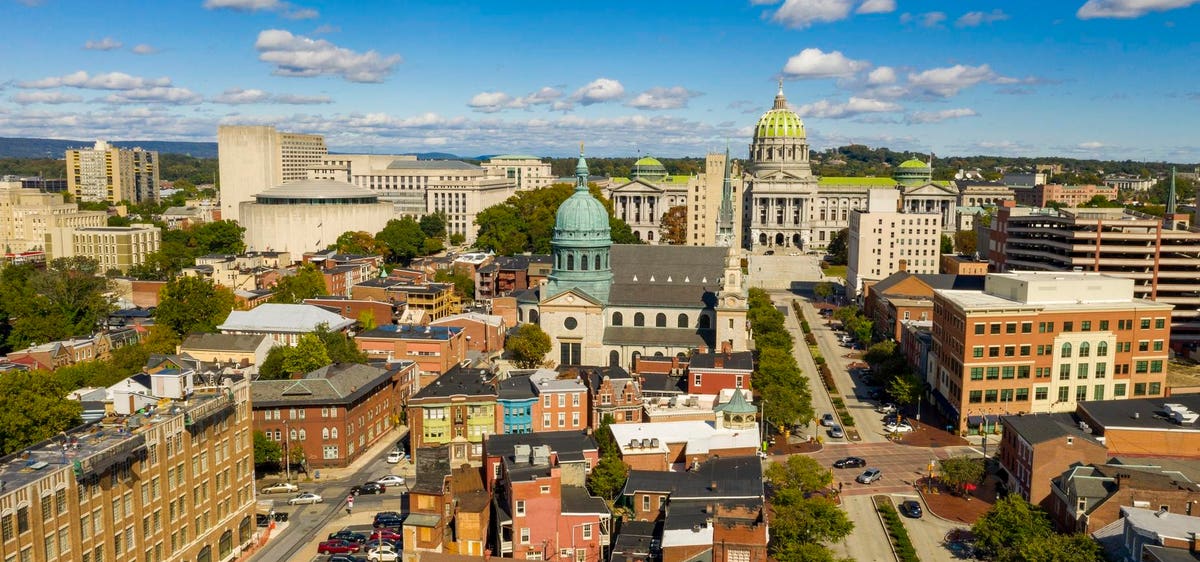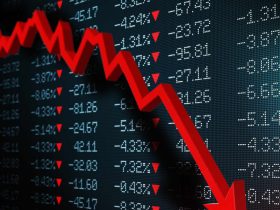A new report I published this week with the Commonwealth Foundation highlights the burdensome regulatory environment in Pennsylvania and estimates the economic boost possible from streamlining rules. The report reveals Pennsylvania enforces more than 166,000 regulatory restrictions, making the Keystone State roughly 22 percent more regulated than the average U.S. state.
While often well-intentioned on an individual basis, regulations in the aggregate impose onerous burdens on residents and businesses. A 2022 study estimated that federal rules alone led to 187,000 more Pennsylvanians living in poverty and 361 fewer businesses annually.
All this red tape likely contributes to Pennsylvania’s slow population growth, ranking the state in the bottom fifth nationally over the past decade. Research suggests that excessive regulations reduce economic dynamism and growth.
However, examples from Canada and other U.S. states show that cutting red tape, when done right, can accelerate growth.
In the early 2000s, British Columbia reduced regulatory requirements by 36 % over several years. A 2021 study linked this to a 1 percentage point higher annual gross domestic product (GDP) growth rate over the next decade.
This research suggests Pennsylvania could potentially increase year-over-year growth by 1 percentage point through a similar 36 percent reduction in regulatory restrictions.
That may sound ambitious, but two other states are already working to replicate the British Columbia experience. Last year, Ohio passed a law mandating a 30 percent reduction in regulatory restrictions, while Virginia now aims to cut 25 percent of its requirements.
For context, Pennsylvania’s GDP was $923 billion in 2022, and it grew by 2.1 % from 2021 to 2022. One percent of its economy equals $9.2 billion, meaning an extra $1,760 per Pennsylvania household. Compounded over time, savings stemming from fewer regulatory burdens would substantially improve living standards.
Alternatively, $9.2 billion could support around 180,000 additional jobs in the state, raising overall employment by 3 %. This economic stimulus would provide tremendous opportunities, especially for younger residents considering leaving due to limited prospects.
To roll back regulatory burdens, Pennsylvania policymakers should consider the following options.
First, Pennsylvania maintains more than 33,000 environment-related restrictions, the largest area of state regulations. Revisiting outdated or ineffective rules could pare back the sizable regulatory burden from environmental rules.
Another priority should be addressing the state’s permitting process. Permit approval times frequently exceed the 14-to-43-day limits set under Pennsylvania’s permitting-decision guarantee policy. Energy permits sometimes take 250 days or more, stifling development.
Pennsylvania should also consider implementing a regulatory budget akin to Virginia or Ohio. Both states capped regulatory agencies’ total requirements, forcing them to offset new burdens by eliminating old ones.
Finally, giving the General Assembly veto power over major executive regulations would enhance legislative oversight. Adding sunset provisions so rules automatically expire would also clear out some unneeded rules.
Cutting red tape always involves political hurdles, as entrenched interests that benefit from regulations seek to maintain barriers to competition. Yet, with the right leadership, sweeping regulatory reforms are possible, as British Columbia, Ohio, and Virginia demonstrate. The projected $9.2 billion GDP increase from regulatory streamlining makes the economic stakes clear.
With smart reforms, Pennsylvania can become a dynamic economic hub open to investment and opportunity. Removing barriers to growth is the key to renewed prosperity. Pennsylvania’s regulatory burdens have become too heavy to bear.
It’s time for policymakers to cut the red tape.
Read the full article here











Leave a Reply